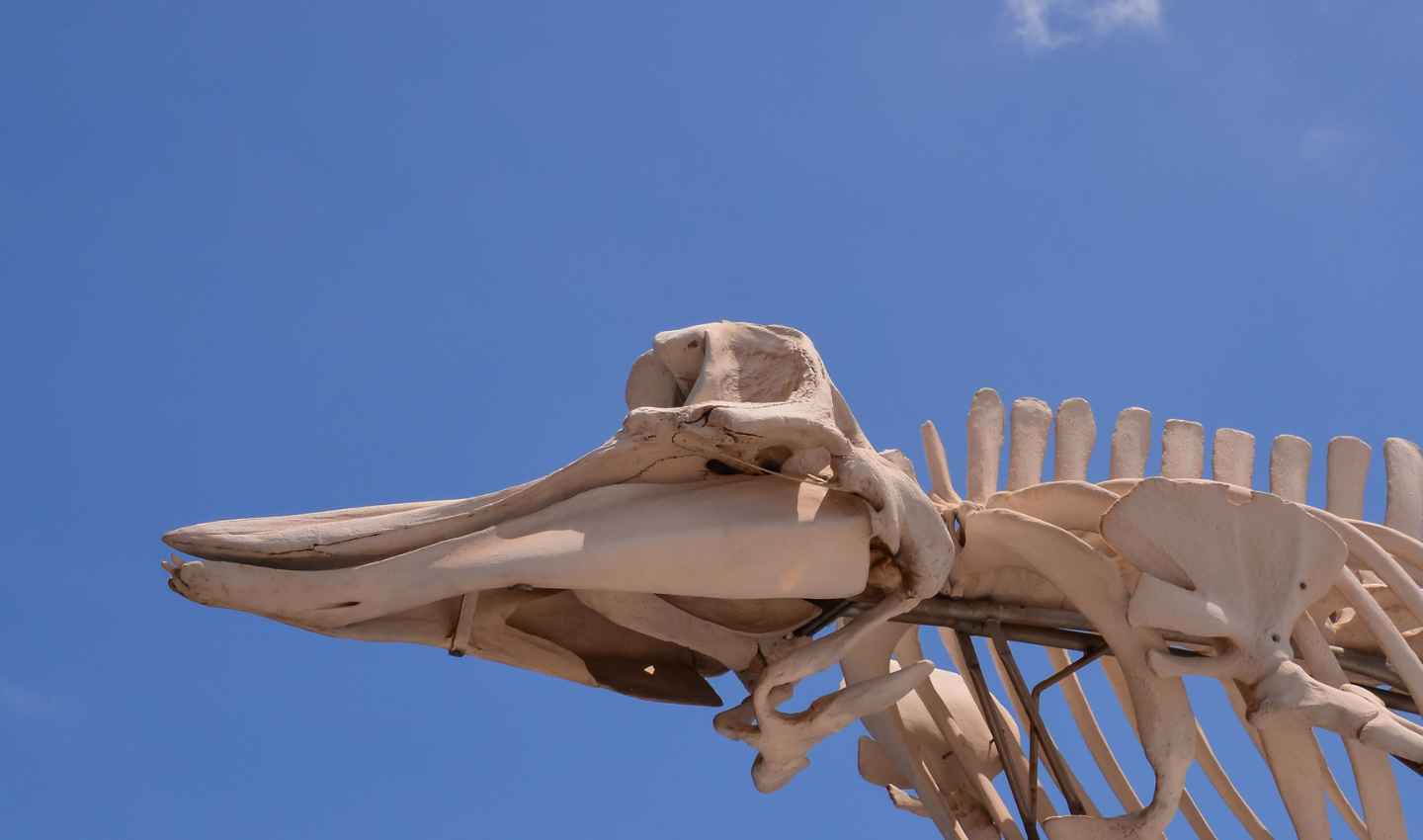- Latest News
- Take Action
We are the Ocean Generation

The history of Ocean Generation
Since 2009, we have been experts in Ocean health.
Our charity began as Plastic Oceans UK, where we focused on Ocean plastic pollution. Our award-winning documentary ‘A Plastic Ocean’, was named by Sir David Attenborough as “one of the most important films of our time” and ignited mass public awareness about the impact of plastic on our Ocean.

Through various education programmes, we set out to increase Ocean literacy and stop plastic reaching the Ocean within a generation.
Ten years on, it was time for a change. We needed renewed energy to tackle a wider range of very real and immediate human actions threatening the Ocean.
Serendipity came into play when we met the Ocean Generation Foundation team. This relatively new youth collective was breaking stereotypes by using popular culture like gaming, music and fashion to foster an inclusive approach to sustainability.

Together, we embarked on a bold and refreshing chapter; combining disruptive energy with years of experience of storytelling through science and film.
As Plastic Oceans UK became Ocean Generation, we identified a higher vision of the world.
We see a world where the Ocean is freed from human threats within a generation and where young people can be the catalyst for change.
Why we exist
We’re at a stage where there is mass awareness about the problems that engulf the Ocean.
For some of us, Ocean threats are so deeply embedded in the way we all live and work that addressing them can seem overwhelming. And for others, the connection of how the solutions can be relevant to their daily lives cannot be made.
We are changing the narrative around plastic, climate change and other human-made Ocean threats.
We break down the problem. No more fear-mongering, science jargon or big data. No more over-simplifications like Plastic Free or Zero Waste.
We know that plastic has a role to play. But we believe we can shift the perceptions and behaviours that create Ocean threats and enable all of us to live more sustainably.
What we do
Simply put: We translate complex Ocean science into engaging content; use film and popular culture stories to nurture an inclusive approach to sustainability; and run three UNESCO-endorsed youth engagement programmes for 3 – 25-year-olds.
We develop understandable and practical tools and solutions to some of the world’s biggest problems – like climate change and plastic pollution.
Our ‘Ocean Intelligence’ – endorsed by UNESCO – bridges the gap between complex Ocean science and people-led Ocean action by harnessing the power storytelling (backed by science).
We share the stories that to bring a human face to the environmental issues the world is facing.
Our blue planet doesn’t need you to be a perfect environmentalist to make a difference. We need to start where we are; do what we can; take action now.
Ahead of launching our second documentary, we are educating and empowering a generation of Ocean advocates – Wavemakers – to recognise where they can have impact in tackling Ocean threats.
Our global inclusive movement connects people who are using their voices, talents, and skills to develop locally relevant shifts in behaviour that can restore the health of the Ocean and our health too.
Young people are the change engine at the heart of the Ocean Generation movement.
We empower and encourage young people – between the ages of 3 and 25 – to make more conscious, sustainable choices. Their voices are amplified in a refreshing call for change at the heart of everyday decision making.
With collaboration at the core of our ethos, we develop partnerships with people everywhere, to achieve lasting change together.
We exist to restore a sustainable relationship between humanity and the Ocean. As the first generation to deeply understand Ocean issues, we are also the last generation who can stop them.
One Ocean.
One Future.
We are all the Ocean Generation.














